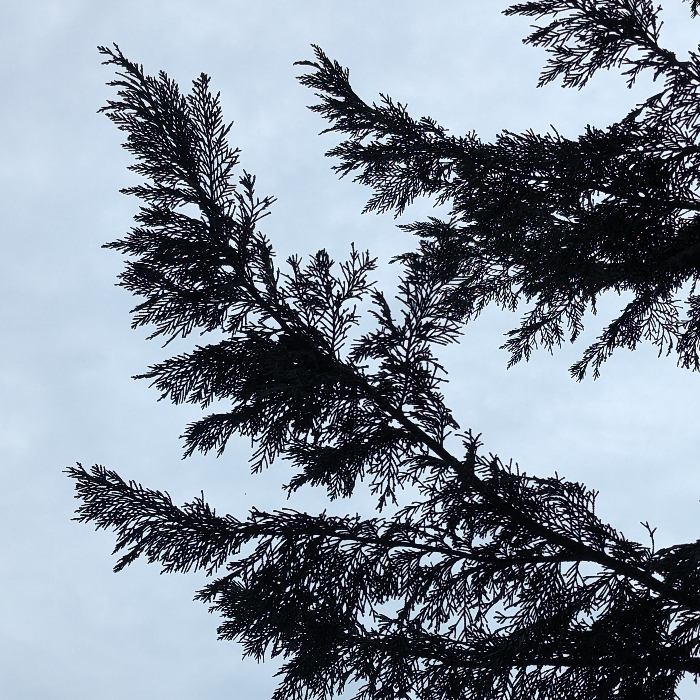UNITED STATES—Christmas trees are extreme cut foliage. They stand alone, rather than as accessories to cut flowers. Most are a few feet tall, and some are much grander. Ultimately though, they are as disposable as cut flowers. Because they are so expensive, their disposal seems to be wasteful. Realistically though, they are more practical than living Christmas trees.
Now that living Christmas trees remain after Christmas, they require attention. They are otherwise as disposable as cut trees are. Large specimens are too expensive to discard. They might also be difficult to maintain. Because almost all were field grown, they are in very dense and heavy soil. Such soil can retain either insufficient or excessive moisture.
Many initially healthy living Christmas trees can deteriorate through summer. Some get too shabby to function as a Christmas tree before their second Christmas. They adapt to local climates slowly after leaving the climates in which they grew. Some do not survive. They are happier in the ground than in a tub, but as such, can not come in for Christmas.
Trees dislike root confinement.
Living Christmas trees are less expensive than cut trees only after a few years of service. Several of the more compact types can actually survive containment for several years. A few can survive in tubs indefinitely with occasional pruning. Otherwise, most eventually need to graduate from containment to the garden. This is not as simple as it seems to be.
Visual appeal and price limit selection of living Christmas trees. Physical characteristics of such trees should be more of a consideration. Some are more tolerant of confinement within large pots than others are. Some will eventually be quite adaptable to landscapes. The unfortunate reality is that many become very large trees that need substantial space.
Small pre-decorated trees in mylar wrap are the most common of living Christmas trees. Unfortunately, most are either Italian stone pine or Canary Island pine. Both grow too big for compact gardens. Planting living Christmas trees in the wild is not a practical option. Without irrigation, formerly confined trees can not survive long enough to disperse roots. If they could, they can damage local ecology.
Highlight: Leyland Cypress
Taxonomy is a mess for Leyland cypress, X Cupressocyparis leylandii. The X preceding its genus name indicates that it is an intergeneric hybrid. Monterey cypress, Cupressus macrocarpa is the paternal parent of the original hybrid. Nootka cypress, Chamaecyparis nootkatensis, is the maternal parent. However, its name is now Cupressus nootkatensis.
Therefore, Leyland cypress is now Cupressus X leylandii, and an interspecific hybrid. It inherited attributes from both parents, as well as innate vulnerabilities. It can grow very vigorously to more than 30 feet tall in 15 years. However, it may not live for another 15 years afterward. It is very susceptible to cypress canker and a few other diseases.
This is why Leyland cypress often accompanies more permanent but slower vegetation. By the time it finishes its life cycle, the other vegetation is ready to replace it. Most large specimens are less than 40 feet tall, with densely conical form. The evergreen foliage is grayish deep green. Less common cultivars are more grayish, yellowish or variegated.
Tony Tomeo can be contacted at tonytomeo.com.






